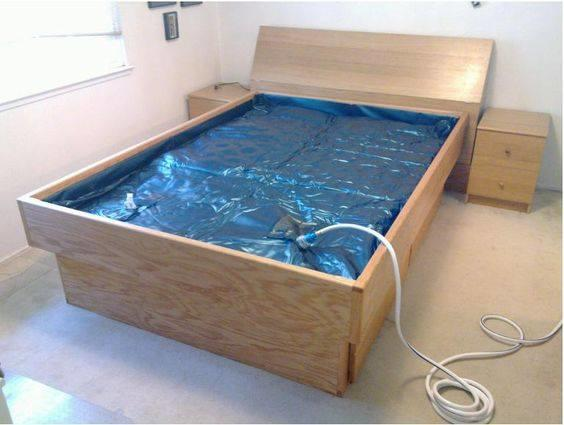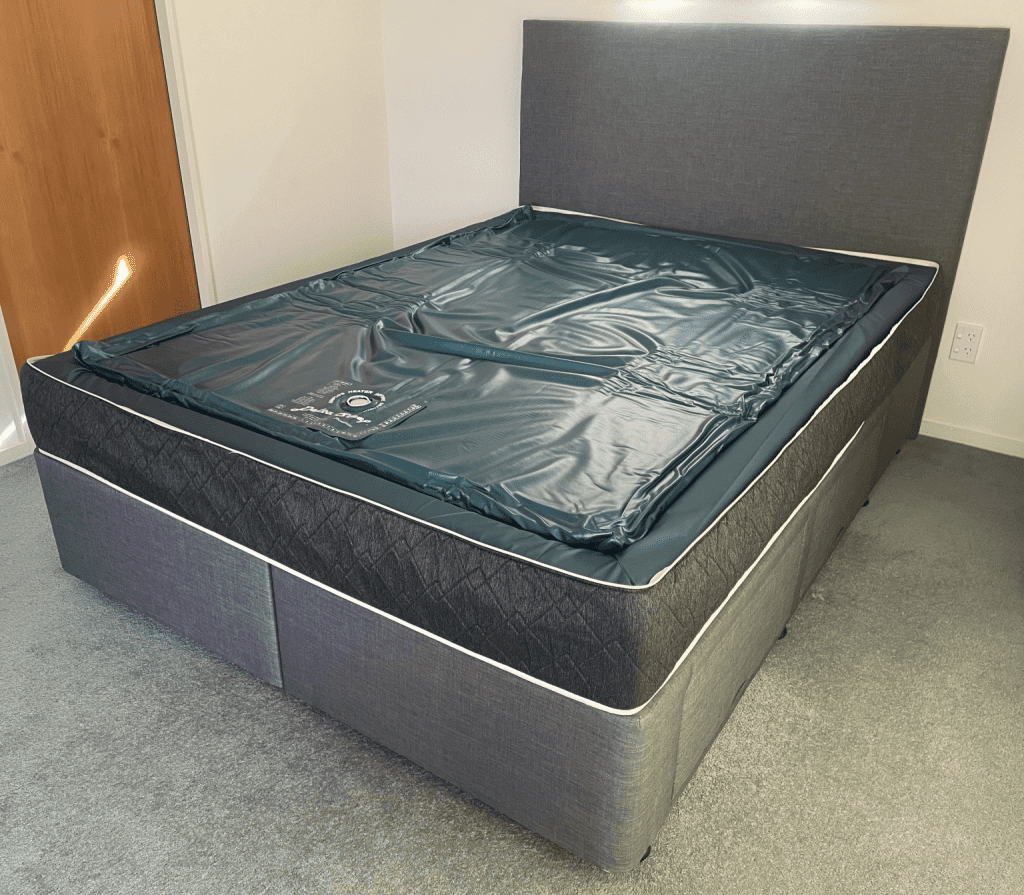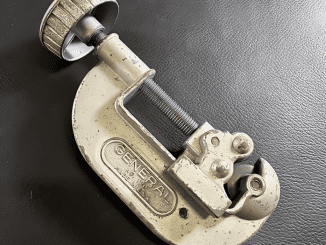Once an iconic fixture of the 1970s and ’80s, the waterbed was once a highly popular and innovative bedroom staple. However, in recent years, this unique mattress style has largely faded into obscurity, despite a brief resurgence. In this article, we’ll dive into the fascinating history, types, and eventual decline of waterbeds, as well as some of the surprising new ways they are being used today.

A Brief History of the Waterbed
The waterbed has an origin story that dates back far earlier than the 1970s. Its earliest recorded use was in 1833, when Scottish physician Dr. Neil Arnott designed what he called a “hydrostatic bed” to help prevent bedsores in bedridden patients. Arnott’s design involved a rubberized canvas filled with water, and though he never patented the concept, his invention marked the beginning of waterbed technology.
However, the waterbed as we know it was truly brought to life by Charles Hall, a design student at San Francisco State University, in 1968. Initially attempting to design a new type of chair, Hall experimented with various substances, eventually deciding that water offered unparalleled comfort and support for the human body. By 1971, he had patented his design, and the modern waterbed was officially born.
How the Waterbed Became a Cultural Phenomenon
During the 1970s, waterbeds quickly gained popularity as a symbol of both luxury and counterculture. Its design allowed for an entirely unique sleep experience, as users could essentially float on a surface that adapted to their body’s contours. Waterbeds also became associated with the sexual liberation movement, partly due to marketing slogans like, “Two things are better on a waterbed. One of them is sleep.” Hall even sold waterbeds to celebrities like Hugh Hefner and members of the band Jefferson Airplane, enhancing the bed’s reputation as a countercultural icon.
The craze peaked in the 1980s when waterbeds achieved mainstream popularity. In fact, by 1987, waterbeds accounted for over 20% of all mattress sales in the U.S., making them one of the most popular sleep solutions at the time. Despite their popularity, though, waterbeds presented some challenges, which eventually led to their decline.
Types of Waterbeds: A Breakdown of Options
Waterbeds come in two main categories: hard-sided and soft-sided beds. Here’s a closer look at these two types and some of the other features waterbeds offer.
1. Hard-Sided Waterbeds
A hard-sided waterbed consists of a water mattress within a wooden frame, sitting atop a platform or sturdy base. The wooden frame helps contain the water mattress, which is usually made from soft polyvinyl chloride (PVC) or a similar material. This design was common among early waterbeds and required a separate heating system to keep the water at a comfortable temperature.

2. Soft-Sided Waterbeds
Soft-sided waterbeds resemble traditional mattresses, with a water-containing mattress encased in a foam frame, which is then zippered within a fabric casing. This style is designed to fit standard bed frames, making them easier to integrate into conventional bedroom settings. Soft-sided waterbeds are generally more practical than hard-sided versions as they are lighter and more portable, with improved heat retention.
3. Wave Control Levels
Waterbeds can also be classified based on their wave control features:
- Free Flow: These are traditional waterbeds that allow the water to move freely, creating significant wave motion.
- Semi-Waveless: This type includes a few fiber inserts or baffles to help control water movement, offering more stability.
- Waveless: The most advanced form, these waterbeds contain numerous fiber inserts or baffles, which nearly eliminate wave motion for a stable sleeping surface.
The Practical Benefits and Drawbacks of Waterbeds
While waterbeds offer unique advantages, they also have significant drawbacks, which contributed to their decline in popularity.
Advantages of Waterbeds
- Pressure Relief: Waterbeds conform to the body, reducing pressure on the spine and other joints. This makes them ideal for people with back pain or those at risk of developing bedsores.
- Temperature Control: Most waterbeds come with heating elements, allowing users to adjust the bed’s temperature to their preference. This feature is especially useful in colder climates, offering a warm and cozy sleep experience.
- Allergen-Free: Unlike traditional mattresses, waterbeds are hypoallergenic. Their vinyl surface doesn’t allow dust mites or allergens to penetrate, making them easier to clean and maintain.

Drawbacks of Waterbeds
- Heavy and Difficult to Move: Waterbeds are heavy, as they contain large amounts of water, making them difficult to transport or reposition.
- Risk of Leaks: Although the material is durable, leaks can happen. A leak can create a mess, potentially damaging floors or carpets.
- High Energy Consumption: Maintaining a heated waterbed can be costly, as it requires constant energy to keep the bed warm. A waterbed heater can consume anywhere from 300 to 1,500 kWh annually, leading to higher energy bills.
- Limited Availability of Bedding: Sheets and bedding for waterbeds come in different sizes, making them harder to find and often more expensive than standard bedding.
The Decline of the Waterbed
As the novelty of waterbeds wore off in the late 1980s, practical concerns began to outweigh their advantages. Waterbeds were difficult to install, as they required a hose to fill the mattress and a sturdy frame to support the weight. Additionally, many landlords prohibited waterbeds due to the risk of leaks and the sheer weight, which could pose structural risks in apartments or upper-floor rooms.
The high cost of heating, potential leaks, and the advent of memory foam mattresses—which offered similar comfort without the hassle—led to the decline of waterbeds in the 1990s. By 2013, waterbeds represented less than 5% of new mattress sales.
The Waterbed’s Modern Revival in Unusual Ways
Despite their fall from mainstream popularity, waterbeds have not entirely disappeared. They have made an unexpected comeback in a very different market—cows. Dairy farmers have begun using waterbeds to help keep their cows comfortable, as these beds reduce pressure on the cows’ joints and minimize the risk of bedsores, thus leading to healthier cows and improved milk production.
In addition to agriculture, modern waterbeds are making subtle appearances in boutique hotels and wellness centers, where their unique comfort and novelty appeal to niche markets looking for an unusual sleep experience. Manufacturers are also producing new “waveless” models that incorporate memory foam and air chambers, which cut down on the classic wave motion while maintaining the bed’s supportive qualities.
Conclusion
From its countercultural roots to its brief mainstream popularity and eventual decline, the waterbed remains an iconic, albeit niche, element of sleep culture. Although traditional waterbeds are now rare in the average bedroom, they continue to serve niche purposes in agriculture, specialty hotels, and retro-inspired décor.
As the evolution of sleep technology continues, the waterbed stands as a reminder of how a single innovative idea can make waves—quite literally—in the world of home and lifestyle. Whether or not they ever make a full comeback, the waterbed’s legacy remains intact as a symbol of an era and a unique alternative to conventional bedding.


